The Immediacy of the Imagining
Art must be immediate to be effective.
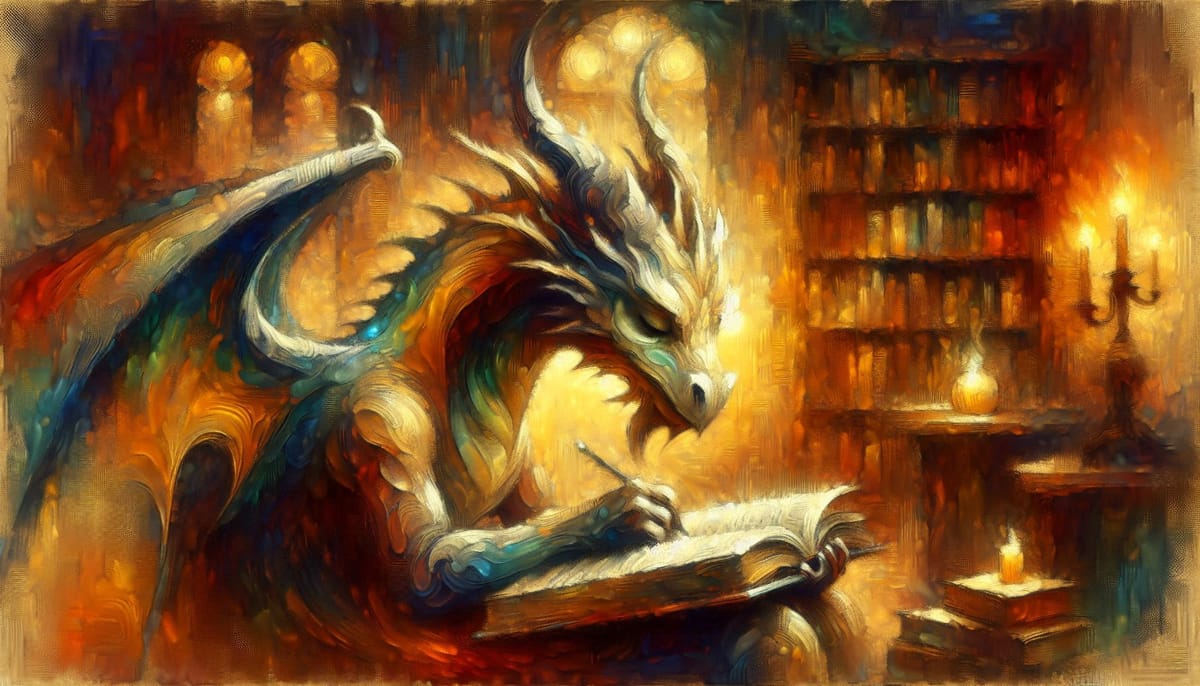
I don’t stop but to stop…
The work, I mean. The writing, I mean.
“What time do you start?”
“Writing?”
“Used to be as close to when I first woke up as possible, now, I just don’t stop.”
“How do you mean?”
I decided that my biggest obstacle to the practice was thinking. Whether that be a matter of over or under active catch-grab-release neurons or not, something had to be done in regard to my overthinking.
My dreams got tangled in the thought webs. Nothing, no ideas (thoughts) I believed were making it on the page.
The problem, I took it, was to find a way to get these ‘spin-dreams’ straightened out and down on paper. The grand imaginings and thoughts onto the page.
But by the time I did sit, the thought was gone. I trust the act of writing to go where it will. The writer's job is to steer and guide if the work is to be inspired, alive and original, the writer must step back and let the rhythm of the moment write the words.
Well, the rhythm was previously drummed out, and self-expression despises nothing more than repeating itself. So in lieu of weak and ineffective lines, I dropped the idea I set down to write. So that spin-dream never made it into three-dimensional space.
I don’t recall how; I do suppose the experience of the revelation was something akin to realizing your left foot went down and your right up and again, while shifting your center forward to walk. Basic making the basic complex through overthinking the simplification of the experience of each…
I can say this better…
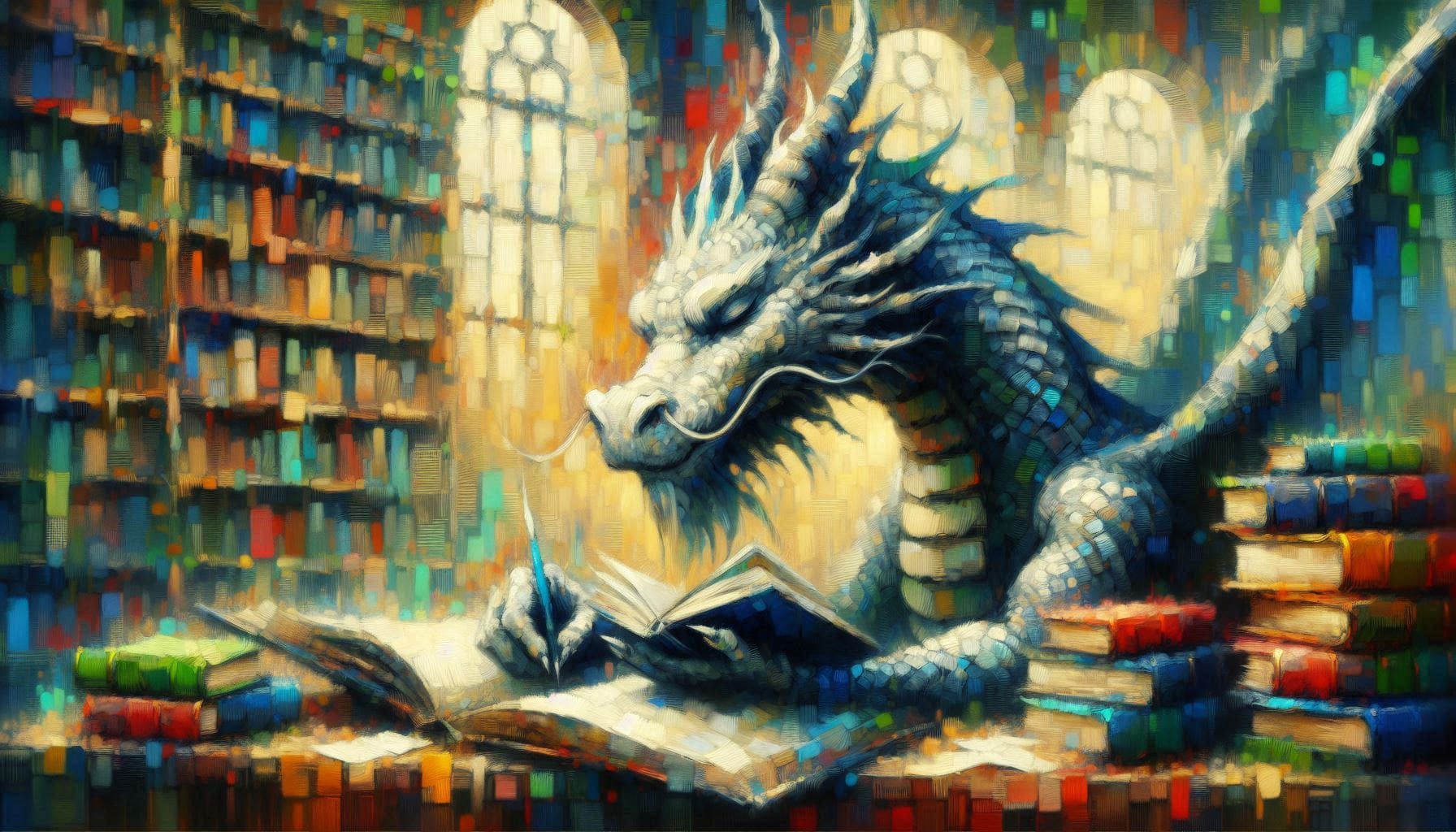
So many authors say that “Writing is thinking on paper.” Out of respect, and the deep honesty sounded from the idea, I took it as true. Regardless of how different the experiences were for me.
Here is the simple revelation: Writing is not thinking. Far from it. Different muscles and synapses must flex and fire. The full limbic system reacts and works differently for each event. How the language is formed, brain to brain fog, or brain to hands, are two completely separate activities. So of course, the idea is expressed in a different light. It is expressed, literally, in a different manner.
A painter sketches a box from memory and all sorts of geometry falls apart. A perfect square may have all equal sides in thought but in art, a box is a prism, many in fact.
All objects when it comes to drawing what you see are prismatic. Your two eyes meet at one object or point. The lines between the three form the illusion of depth in a mirrored prism to a horizon line. This vanishing point is the exact mirrored self on that imaginary dot on that imagined line. The point furthest from you at the level of your eye.
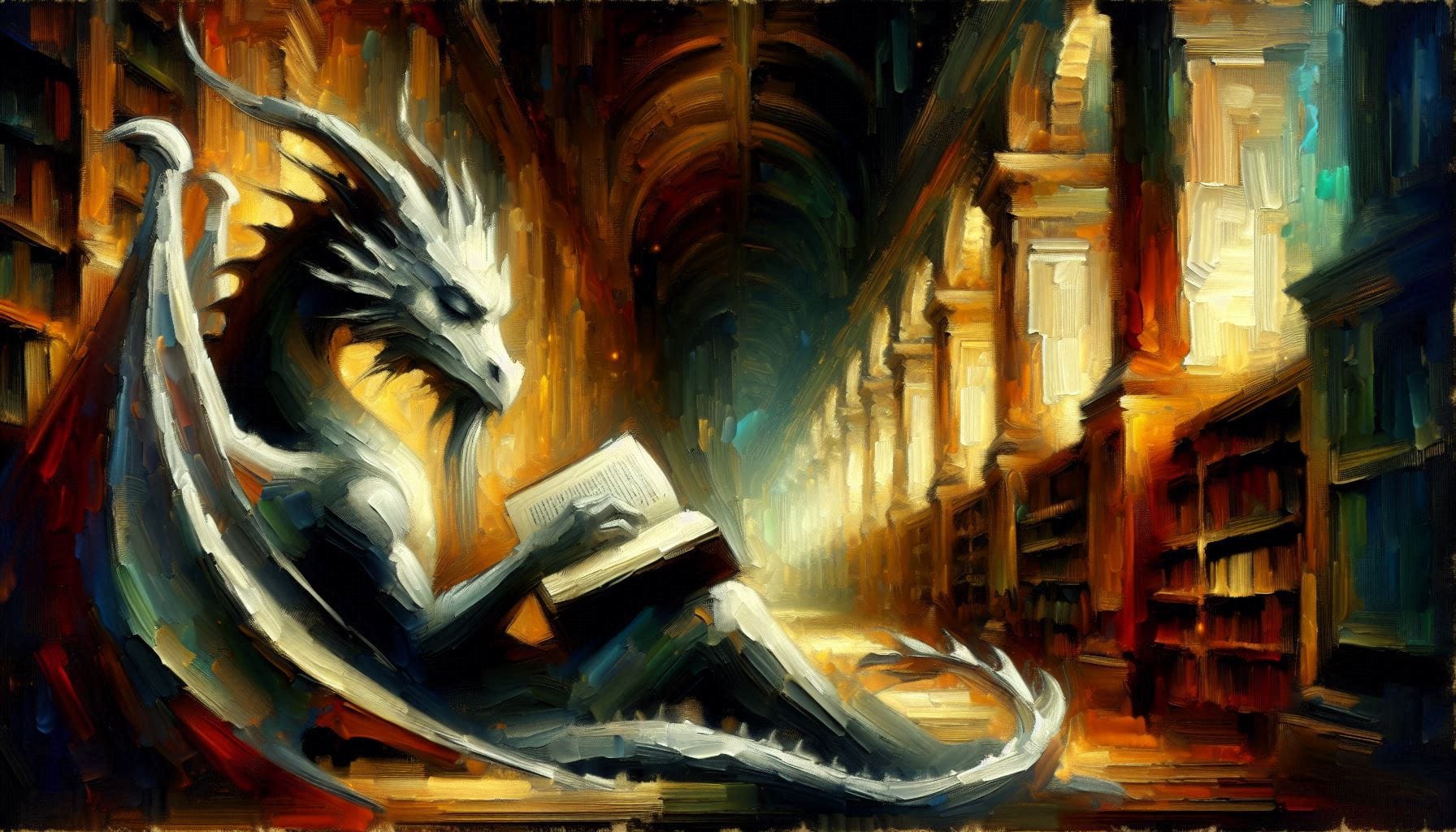
That is not how we look at a thing day to day, not for thought's sake. That is the Artist’s way of seeing their particular view of shapes in space and how to make a Trinity of Parallel lines dance to a familiar song on the arc of the world.
Similarly, the author must do all this with a sentence. The reality of the expression of life in words. The portrait of a moment's imagining via inked line led by the slight grip of pen or the pound and press of the keys to make pixels pop.
Expression and aim is not to present a thought but for the induction of the experience of the particular artist having the thought. To be with the author at the moment of discovery of the sentence.
Writing then must be immediate to be effective. The experience of the thought of that “thinking on paper” must be recorded by, not the thoughts, but the words that express the moment of the manifestation of the idea.
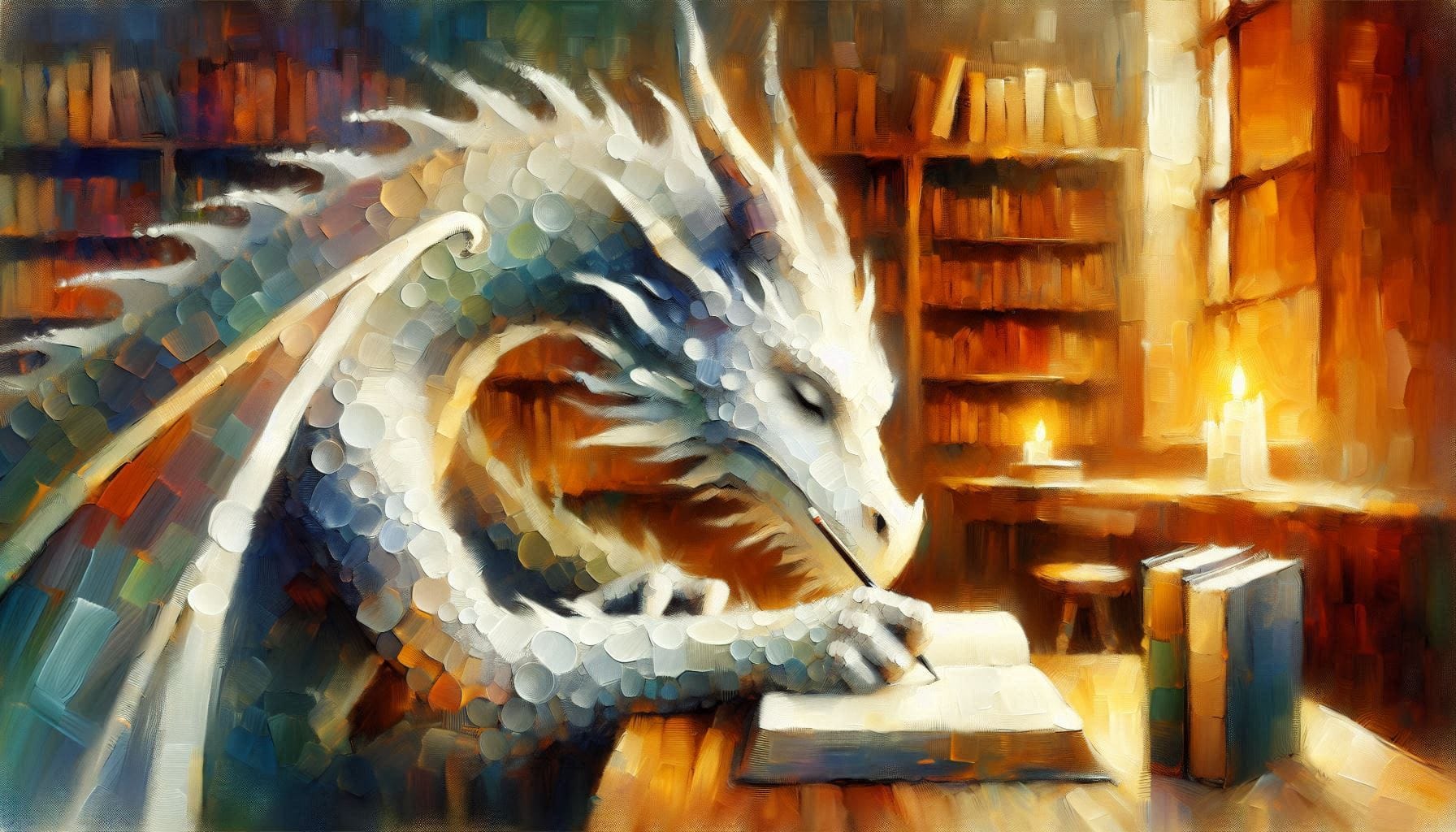
The only way for the reader to be infected by the work is to do this. We can plot a course down the river, but we have to ride the rapids of that particular water on that particular day.
Fight against the river because it isn’t doing what you plotted, planned and thought it should do, gets you washed up on the shore. The writing goes nowhere.
Why? Again: Writing is not thinking. Thinking does not make a poem or play or prose. The rhythm of the imagining through the medium of the artists does. You let your pen and board glide and press to the rhythm of the idea of the story.
Now you may have plotted markers, those help some, but the craft must be set at the mercy of the river at the rapids that day or there is no immediacy, nothing inspired only yesterday’s flat boxes on a waited for flat river. No new perspective of shapes in space.
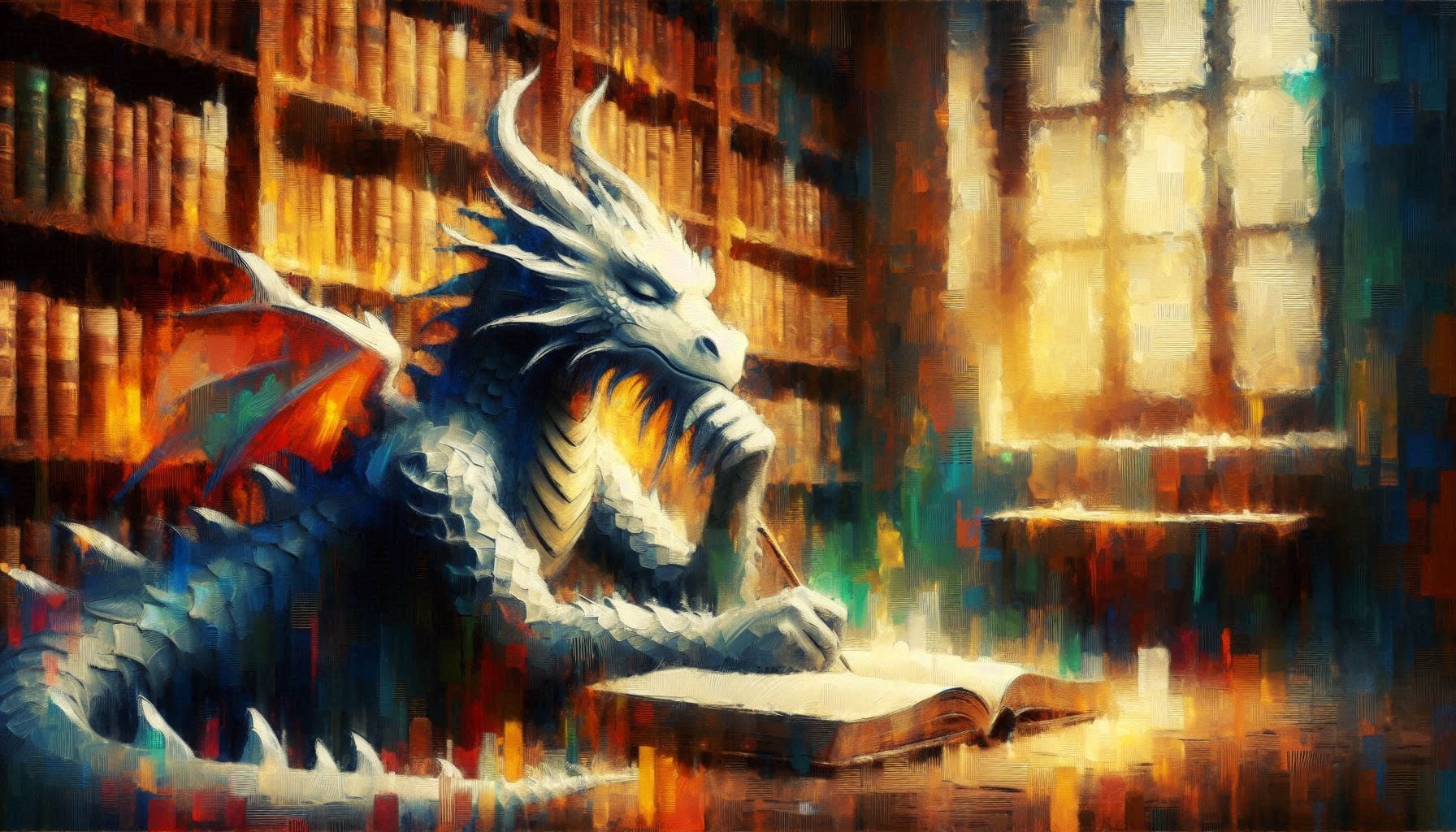
The thrill of navigation is left to the cold plots and tropes and tourists ride through a man-made amusement park called ‘Ride the Rapids,’ with a predetermined and controlled path. A quick beach read. Nothing wrong with a beach read, but putting together a puzzle is not transcribing the moment of manifestation of an imagining.
“Put the reader there.” This is good advice. But where we should strive to put the reader is not in a particular scene, but in the moment of the author’s creation of that scene, the event, internal event within the artist should be the core holding the whole text up, it should radiate through each and every word. The story, poem, sentence needs to be the documentation of that enthusiasm.
We so often confuse writing with editing. But editing is a craft of thought. Editing is not the afterthought; editing is the thought.
Writing is the record of the immediacy of a particular idea as it occurs. Immediate and free. If there is to be any inspiration in art there can be no other way.
There’s no such thing as writer’s block. The word for it is, ‘thinking.’
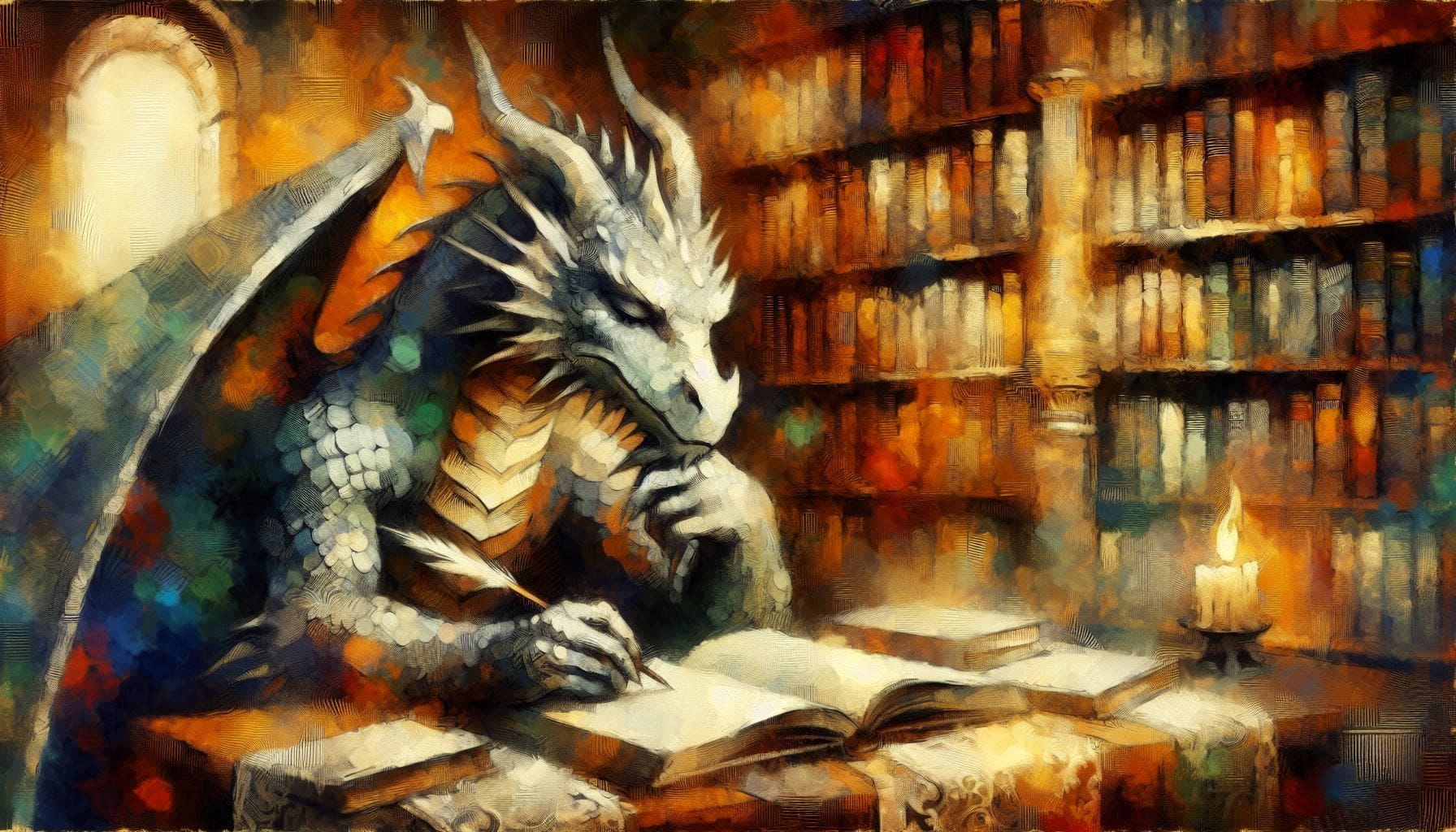
+he Ghos+
S. Wynn